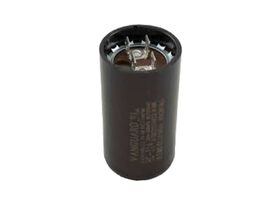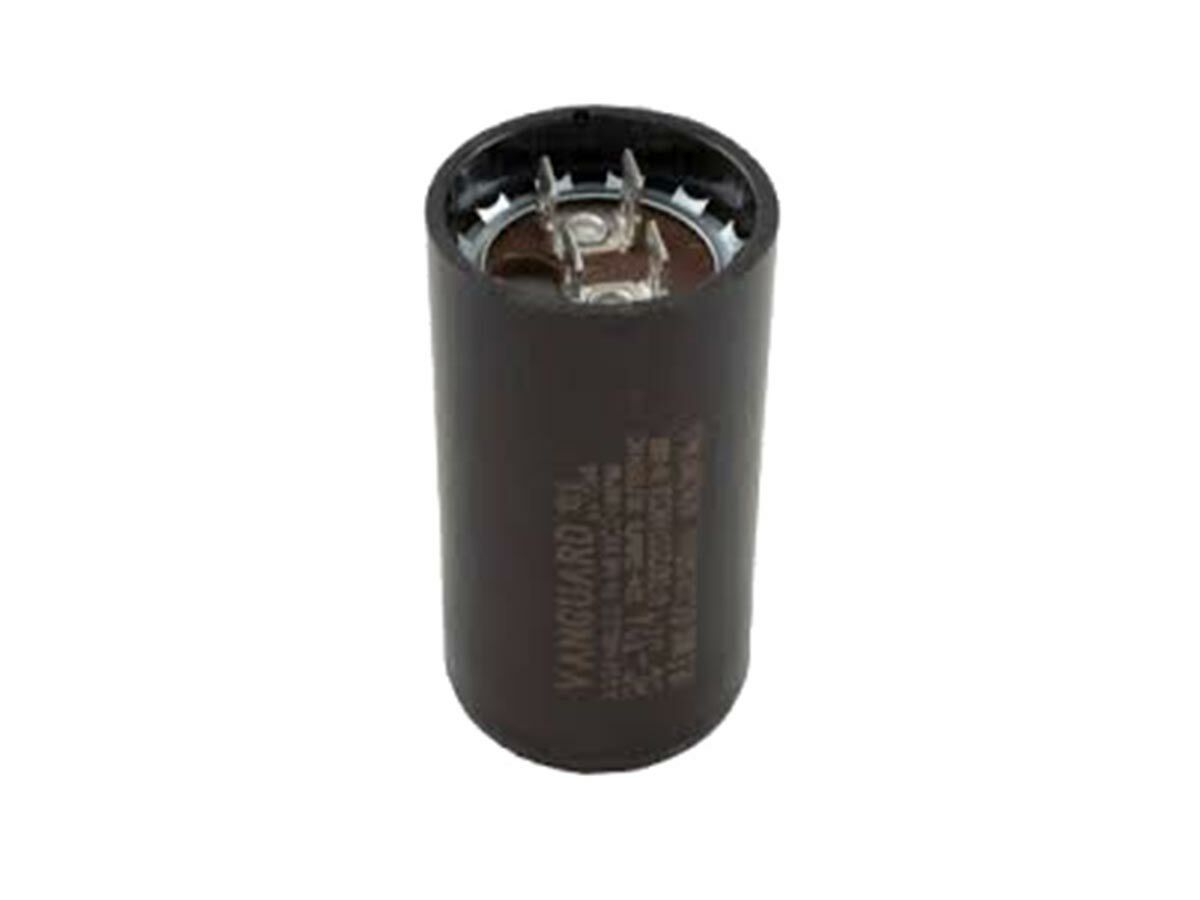These capacitors are used for motor starting only, the length of time in the circuit being controlled by the starting relay. They are designed for intermittent duty and can be damaged if left in the circuit longer than the period prescribed by the maker (usually about 3 seconds duration).

